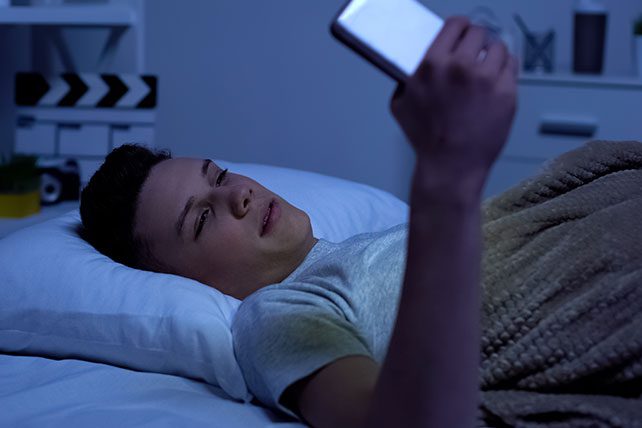The effects of pornography on Generation Z kids are profound. This is the first cohort with 24/7 access to sexually graphic content.
In all my research, one question looms large. What does the availability of online porn do to children and teens? The standard reply? “We don’t know.” Until now, that was an honest answer.
Members of Gen Z grew up surrounded by porn. About 70% of 18- to 34-year-olds are regular viewers. The average age to begin viewing is just 11. And that continually skews downward.
Porn has been called the wallpaper of young people’s lives. Explicit sites receive billions of visits per year. And few safeguards are in place to protect impressionable minds. Movies and music also have become more sexually graphic.
So what do we know about the effects of pornography on Generation Z? Keep reading for some helpful insights.
Effects of Pornography on Generation Z
First, porn and graphic media are causing a rise in promiscuity. Research shows that teens who watch movies or listen to music that glamorizes drinking, drug use, or violence tend to engage in those behaviors themselves.
Movies also influence teens’ sexual attitudes and behaviors. A study published in Psychological Science found that the more teens are exposed to sexual content in movies, the earlier they start having sex. Plus, the more likely they are to have casual, unprotected sex.
Boys who are exposed to sexually explicit media are three times more likely to engage in oral sex and intercourse two years after exposure than non-exposed boys. Young girls exposed to sexual content are twice as likely to engage in oral sex and 1.5 times more likely to have intercourse.
Research also shows that teens who listen to music with degrading sexual references are more likely to have sex than those who have less exposure.
Beyond sexual activity, research indicates that early viewing of porn among children leads to higher-risk sexual activity, sex addictions, and sexual violence.
The Need To Protect Young Minds and Hearts
This is why we’ve been holding our breath. We’ve wondered whether exposure to online porn, at such early ages, leads to promiscuity, objectification of women, and increased sexual violence.
Chloe Combi, a former teacher and consultant, interviewed hundreds of Gen Z members. Her blunt conclusion? “They’re almost certainly imitating what they see in pornography.”
And now we have evidence. A U.K. study found that the number of child sex offenses committed by other children almost doubled in just four years.
So what is porn doing to kids? We’re beginning to find out. And the results show that we need to take action.
Don’t shy away from warning young people about the dangers of porn. Also equip parents to talk to and protect their teens. Read more about those topics here.
This article about the effects of pornography on Generation Z kids originally appeared here.

